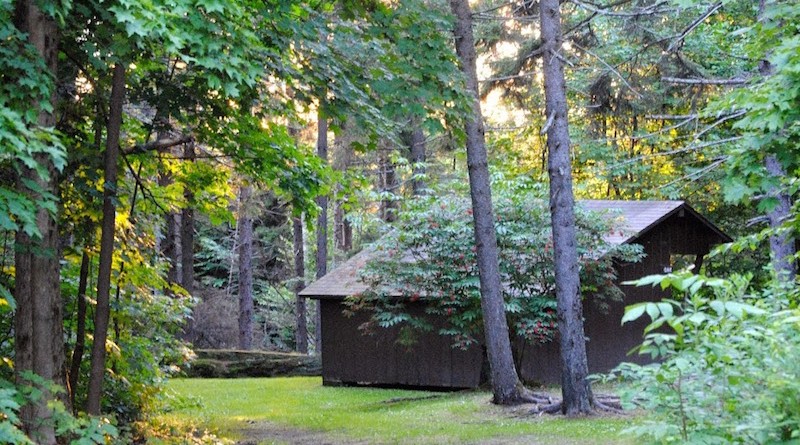Gov. Scott Announces Nearly $22 Million Investment in Outdoor Recreation
As Governor Scott outlined in his annual Budget Address, outdoor recreation is going to see some major investment in the coming year. “It’s more than 20 million dollars, that’s huge!” said Kelly Ault, executive director of the Vermont Outdoor Business Alliance, which counts as members businesses such as Orvis, Darn Tough, Burton, Outdoor Gear Exchange and many others.
Thanks to federal economic relief for Covid-19, the state saw an unexpected surplus this past year of $210 million. The proposed funds that will benefit outdoor recreation fall under four key buckets.
1. $5 Million in Community Grants for Outdoor Recreation
In 2019, Governor Scott formed the Vermont Outdoor Recreation Economic Collaborative (VOREC). In its first year, VOREC discharged $100,000 in state grants for outdoor recreation projects in rural regions. In 2020, that number rose to $200,000.
In total, 9 regional non-profit partnerships have benefitted so far from these grants (to learn more about what the funds accomplished see “Explore Vermont From These Great Basecamps”.)
In his 2021 budget address, Gov. Scott announced a whopping $5 million for new VOREC grants. “These projects improve communities, grow economic activity in the areas that need it most and strengthen our Vermont brand,” Gov. Scott stated in the address. The funding would be open to projects in all 14 counties.
“As a reminder, to date we’ve administered $300,000 to nine municipalities through this grant, but the community need expressed through grant applications has been nearly ten times the amount available,” noted Michael Snyder, Commissioner of the Department of Forests, Parks and Recreation.
In addition, VOREC will soon be announcing a dedicated staffing person who will help oversee the program at the state level. The position was one of several that were federally funded across Vermont, New York, New Hampshire and Maine by the Northern Borders Regional Commission with the goal of growing outdoor recreation and strengthening rural communities.
2. $5 Million for Trails, Parks and Pathways
In 2020, nearly $14 million (Vermont paying $2,830,000 and the federal government paying $11,320,000) was approved by the state’s legislature to help fund the build out of the Lamoille Valley Rail Trail. This year, the Governor has earmarked $5 million to help repair and improve recreational trails around the state. The funds would be appropriated to the Agency of Natural Resources for infrastructure and maintenance on state lands, with a sizeable portion of the funds to be granted to trail organizations to support trail assets on private lands and, possibly, municipal lands.
3. $10.6 Million of Capital Improvements
Many of Vermont’s 55 state parks were developed during the 1930s era of the Civilian Conservation Corps and updated over time. The Scott administration is proposing putting $10,590,000 toward updating the parks’ infrastructure, including creating two new multi-use buildings in Gifford Woods and Groton State Parks and new roofing for the 85-year-old CCC barn in Groton.
4. $1 Million for New Rustic Cabins
While the state park system has plenty of campsites and lean-tos, the park system’s 45 existing rental cabins have seen an upswing in popularity and are booked 80 percent of a time, generating a net profit. The budget will allow for the construction of 20 to 25 new cabins with all but four at existing park sites. As Snyder notes: “these units offer a sheltered camping experience with greater “creature comforts” including electricity, a futon, bunk beds and a table with chairs — with a porch, a picnic table, and fire ring as well.” They won’t have plumbing so expect to use existing park showers and restrooms.
Other key investments that the Scott administration is proposing in this budget include $5 million to help “communities and businesses create outdoor spaces that met public health and local development needs” through the Better Places pilot program and a one-time appropriation of $1 million for tourism marketing. Part of that latter proposal includes channeling any ongoing revenue windfalls from the meals and rooms tax into this fund. The budget also includes $500,000 to invest in attracting new and remote workers to Vermont, building on programs such as Stay to Stay and remote worker incentive programs. Those programs have attracted 550 new people to Vermont, the state claims,
The budget will need to be approved by the legislature and will, no doubt, undergo a number of changes but for either way you cut it, $21,590,000 is a big investment in outdoor recreation. However, many of these funds will go to rural areas and could help create jobs and help sustain some of the communities that have been hardest hit by the economic impacts of the pandemic. Vermont’s outdoor recreation generates $1.8 billion annually, accounting for more than 5 percent of the state’s GDP, and nearly 20,000 jobs.
Opening photo: cabins at Allis State Park. Courtesy photo.

